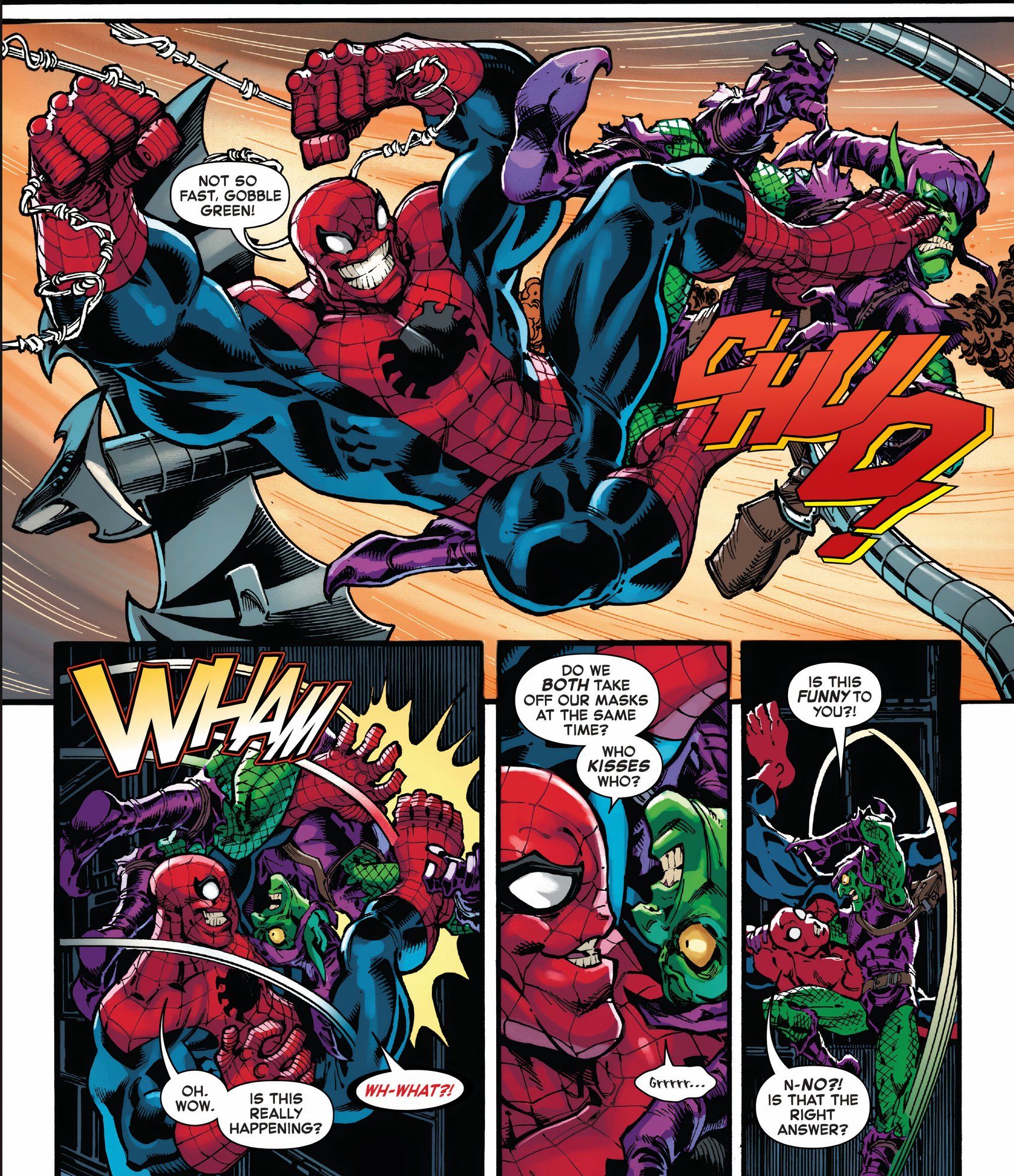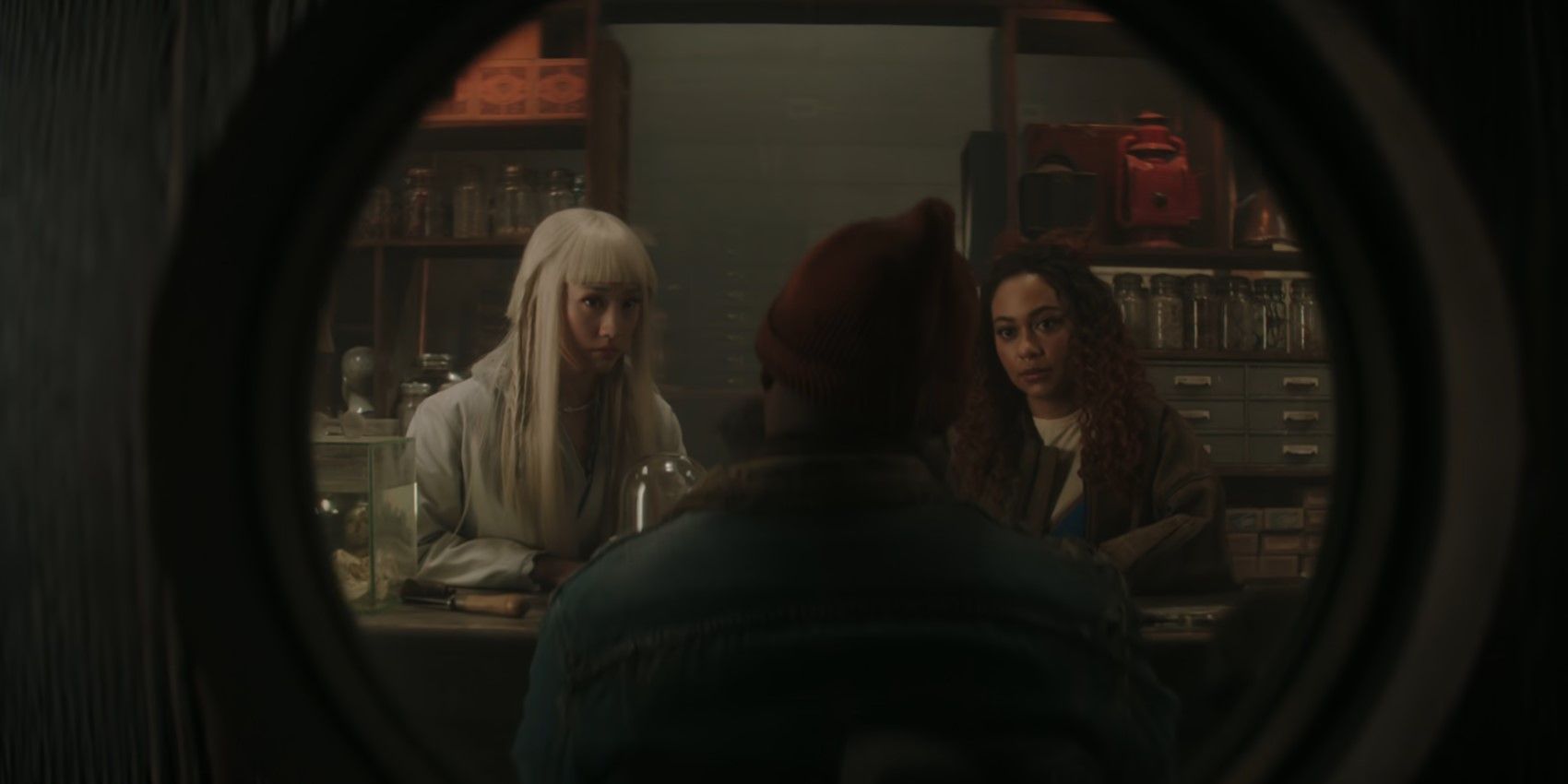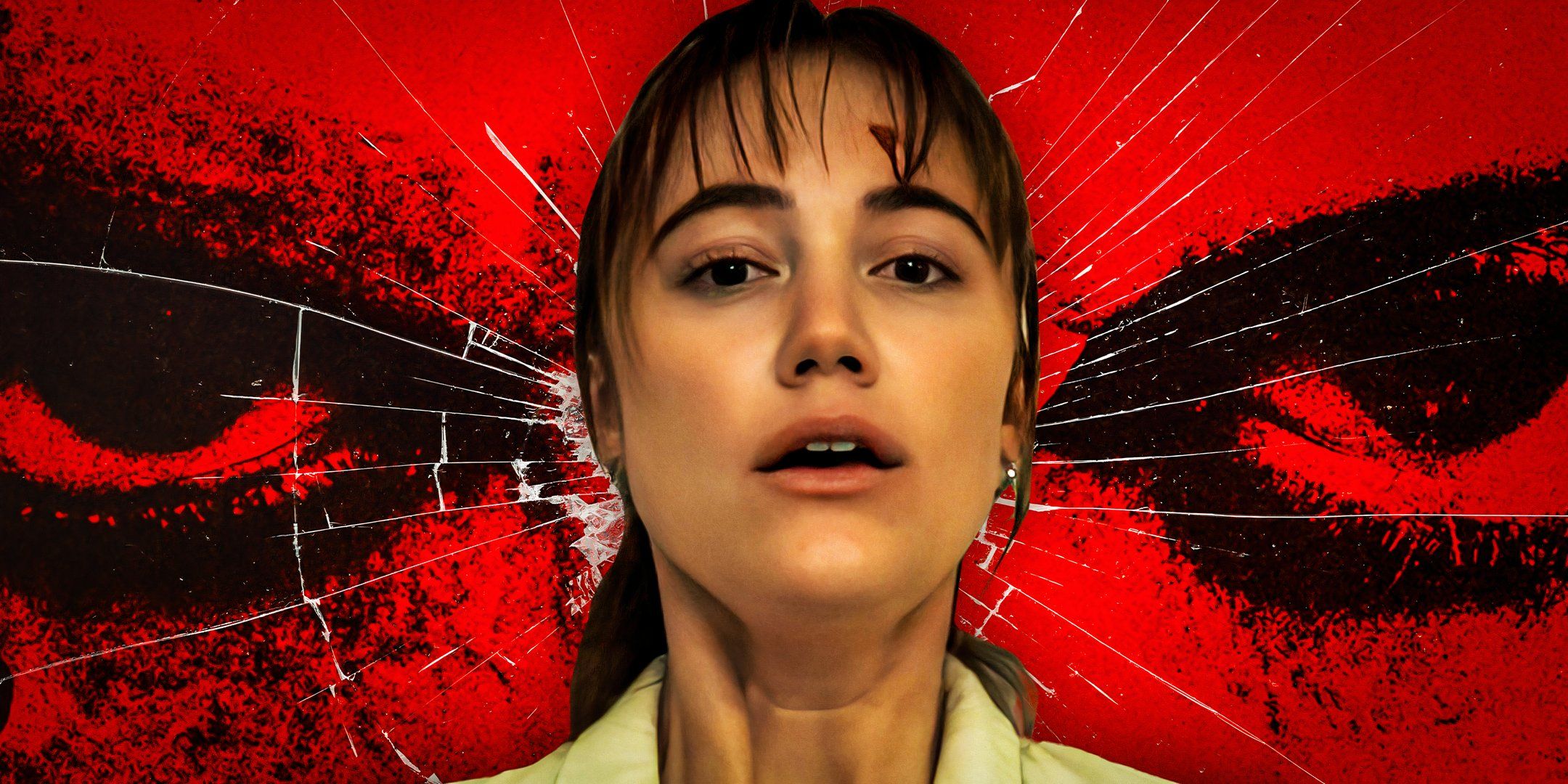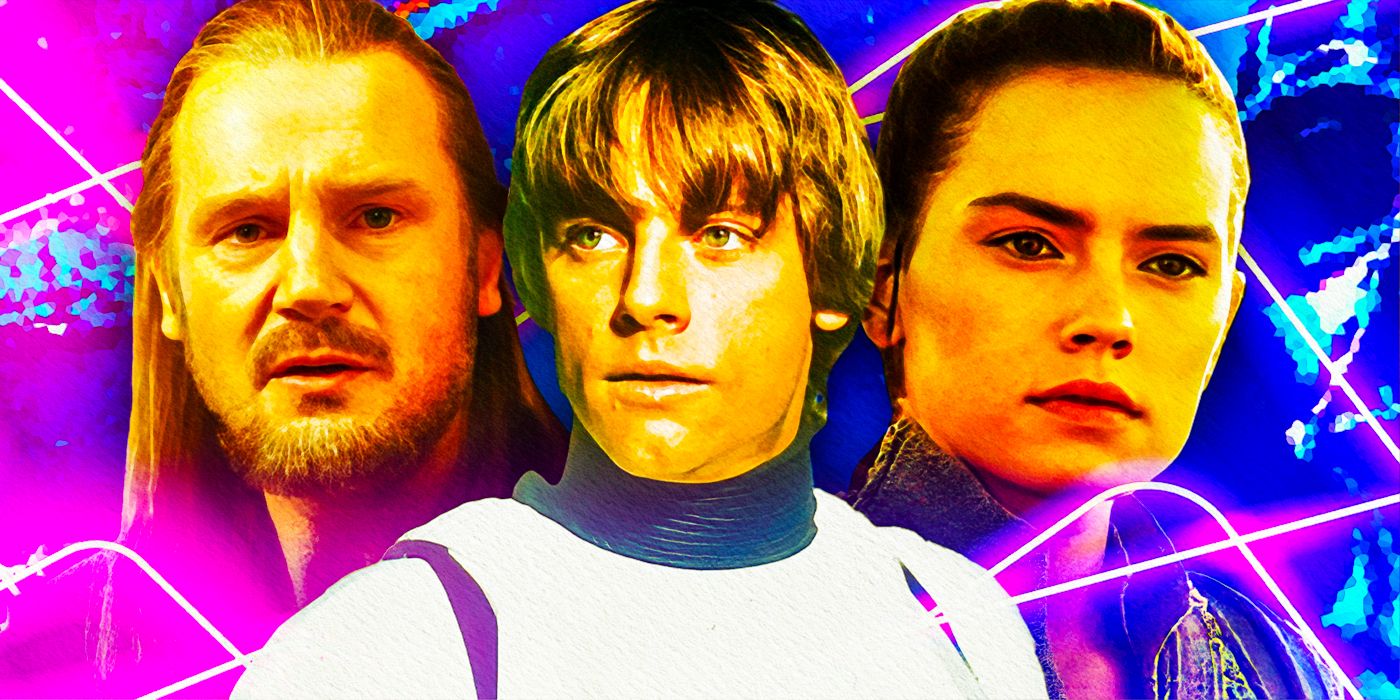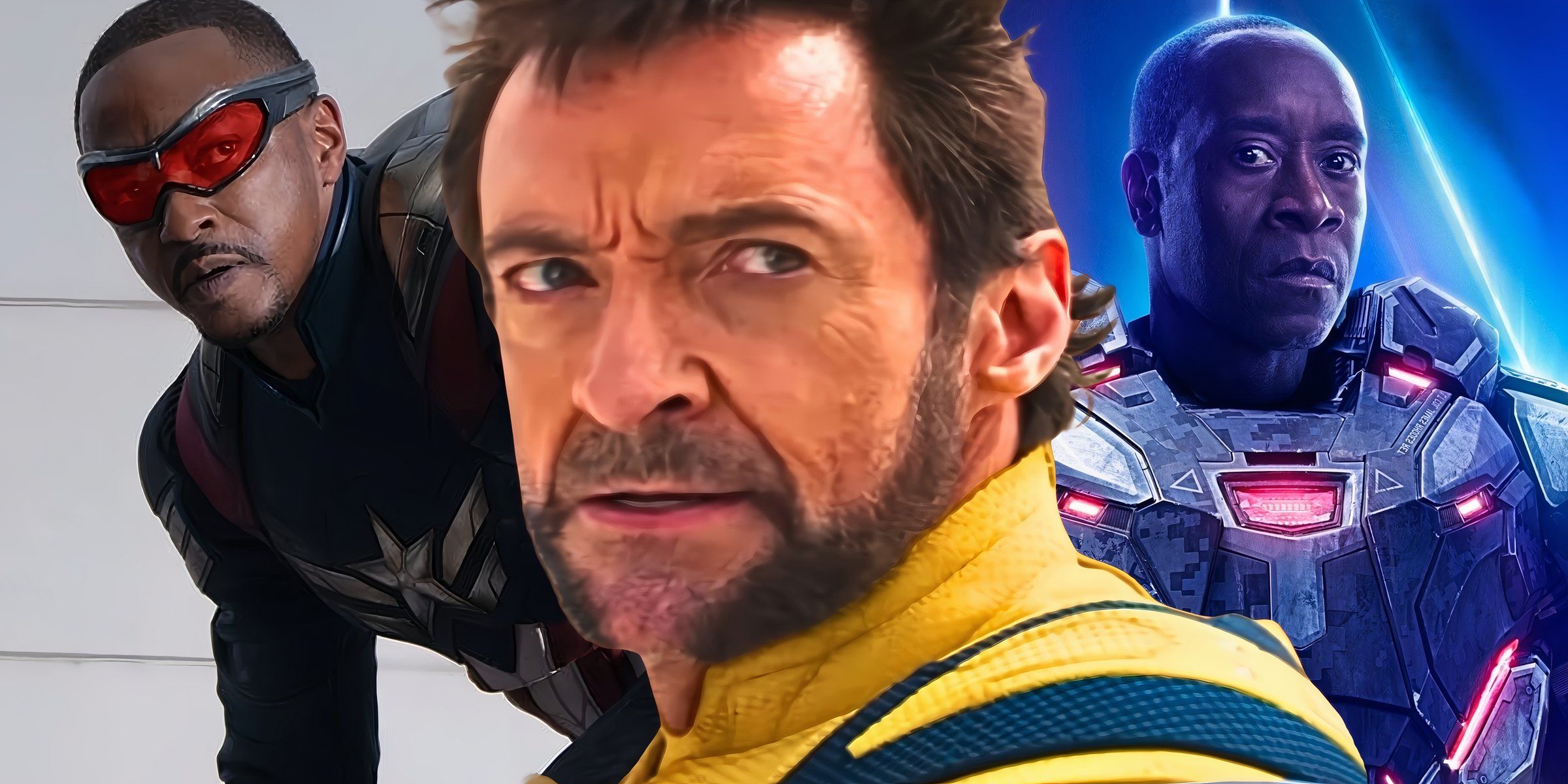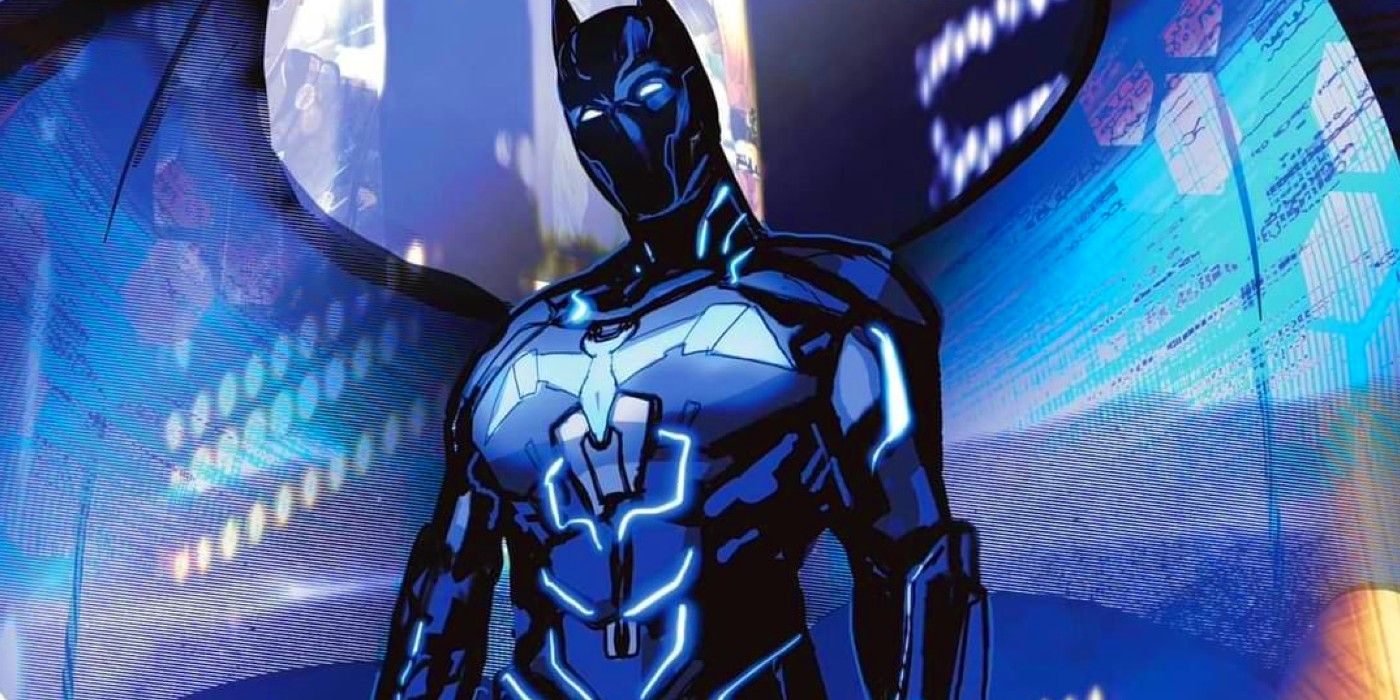The promo for Disney’s Willow show released during Disney+ Day pointed out its own awareness of the problem with legacy sequels, and may just win over a younger audience because of it. The upcoming series is based on the 1988 movie Willow from producer George Lucas and director Ron Howard. The movie follows an aspiring sorcerer named Willow who must defend a baby girl who is prophesized to end the evil reign of a powerful witch who rules over the land. Willow starred well-loved actors Warwick Davis and Val Kilmer and has built a dedicated cult audience in the years since its release.
As part of the Disney+ Day event, Disney released the first promo for the Willow sequel show which will continue the story established in the original film. The video featured Warwick Davis–who will return as Willow–introducing the younger members of the show’s cast. While Davis jokingly played up Willow’s (and his own) importance to film history, all but one of the Gen Z-age actors said they’d never seen the original Willow movie. A few even joked that they didn’t even know the project they were working on was a sequel. The situation was obviously played for laughs, but the gag suggested a refreshing self-awareness that might help make young audiences curious to learn more about Willow.
Like every legacy sequel, Willow risks a lack of audience-awareness because the original film came out over thirty years ago. Actor Tony Revolori says in the promo that he only learned about Willow because his dad had loved it and made him watch it with him. Willow doesn’t have the cultural presence or brand infrastructure of a franchise like Star Wars that’s so ubiquitous in pop culture that generations of people have grown up with it. Tron: Legacy faced a similar problem in 2010 by relying too much on nostalgia without realizing the age range most inclined to go to movies had no connection with the original Tron movie from the 80s. By poking fun at that problem in its own promo, the Willow sequel can inspire young viewers to seek out the original Willow for themselves.
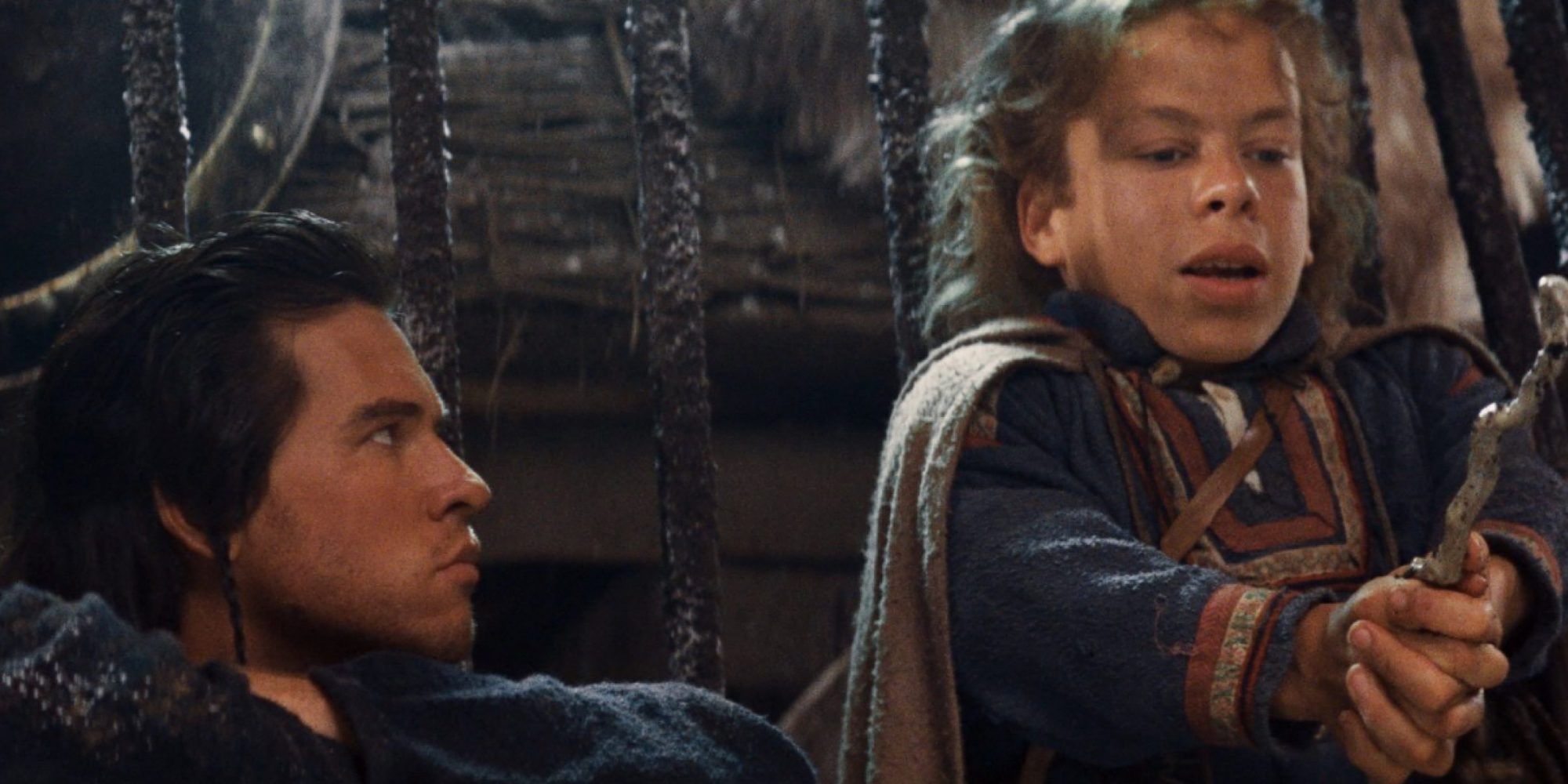
If Disney can overcome this brand-awareness problem, there is an enormous opportunity to capture and inspire audiences with Willow. Willow was a groundbreaking film in 1988 and earned its cult following with a refreshingly earnest tone. Dark fantasy movies are notoriously hard to get right, and Willow had enough awareness of the genre’s intricacies to navigate them, but never so much awareness that the movie was winking at the audience. On top of that, Industrial Light and Magic’s use of digital morphing technology on the movie revolutionized the visual effects industry, paving the way for the breathtaking VFX that audiences now take for granted in theaters and at home. The Willow sequel show is a perfect chance for today’s VFX artists to keep pushing the limits of visual storytelling.
With a small but dedicated older fanbase already built in, there is some goodwill already available to Willow in the years ahead. Parents who grew up with the movie may be excited to have a new reason to share something they loved with their own children. While there is currently no news about the potential return of Val Kilmer as the warrior Madmartigan, there are plenty of viewers who would jump at the chance to see him back in action alongside Warwick Davis, whom younger audiences already know as Professor Flitwick in Harry Potter and as the charming host of Star Wars Celebration. More likely than not, Willow will do just fine with new audiences, because Disney knows it needs them.
